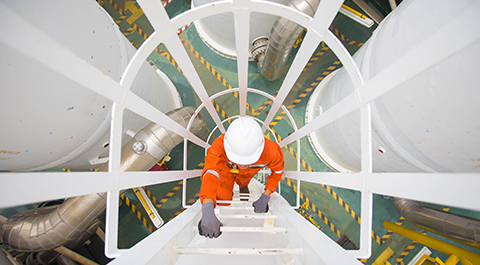Raw phosphate contains fluoride is small doses - around 2-4%. Phosphate processing plants process raw phosphate into water soluble phosphate using sulfuric acid. This operation releases the fluoride in a gaseous form, which is toxic when it's eventually emitted into the air. In the past, fluoride gas, even in small doses, was responsible for scorched vegetation, crop destruction and harm to livestock. Now wet scrubbers are used to remove, or "scrub," fluoride prior to venting. However, due to the hazardous conditions and gases in such environments, physical testing of the process is impossible. As such, CFD simulations offer an excellent solution to optimizing wet scrubber applications.


